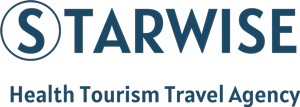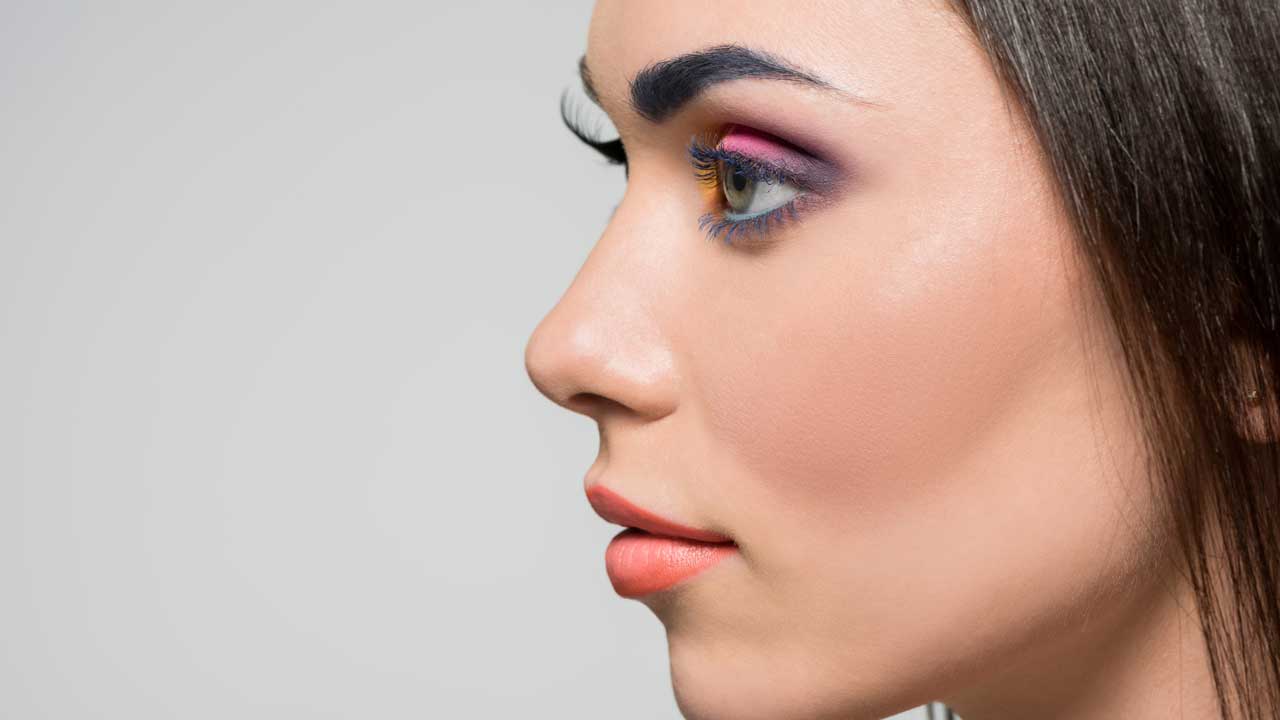Have you ever avoided a photo because of your profile? Do you struggle with breathing that affects your sleep and daily life? You’re not alone. Rhinoplasty, or nose reshaping surgery, is one of the most personal and transformative decisions a person can make. It’s not just about aesthetics; it’s about breathing freely and facing the world with renewed confidence.
But where do you start? The amount of information online can feel overwhelming. This complete guide cuts through the noise, giving you everything you need to know about rhinoplasty—from your first consultation to your final reveal. Whether you’re seeking to correct a birth defect, repair an injury, or simply achieve better facial balance, understanding the process is the first step toward making an informed decision.
What is Rhinoplasty? Understanding Your Options
Rhinoplasty is a surgical procedure that reshapes the nose’s bone and cartilage. While people often call it a “nose job,” this term doesn’t capture the procedure’s complexity and artistry. A skilled surgeon doesn’t just alter the nose; they sculpt it to harmonize with your unique facial features.
There are two primary approaches:
- Cosmetic Rhinoplasty: Focuses on enhancing the nose’s appearance—refining the tip, removing a hump, or narrowing the bridge.
- Functional Rhinoplasty: Aims to improve breathing, often by correcting a deviated septum, a common issue that can cause chronic congestion and sleep problems.
Many modern procedures combine both, giving you a nose that looks and functions better. The surgery can be performed using either an open or closed technique. An open rhinoplasty involves a small incision on the columella (the tissue between the nostrils), providing the surgeon with maximum visibility for complex changes. A closed rhinoplasty, with incisions inside the nostrils, offers a faster recovery with no external scarring.
Are You a Good Candidate? 5 Key Questions to Ask Yourself
Not everyone is an ideal candidate for rhinoplasty. Before scheduling a consultation, ask yourself these questions:
- Is my facial growth complete? Rhinoplasty is typically recommended for patients over 15-16 for girls and slightly older for boys, to ensure the nose has finished growing.
- What are my motivations? The goal should be self-improvement, not perfection or pleasing someone else.
- Am I in good overall health? Good physical and mental health significantly reduces surgical risks and supports a smooth recovery.
- Do I have realistic expectations? Rhinoplasty can create dramatic improvement, but it won’t give you a celebrity’s nose. Your result will be a refined version of your own nose.
- Do I understand the recovery process? You need to be prepared for a recovery that involves swelling, bruising, and temporary activity restrictions.
According to the American Society of Plastic Surgeons (external link), rhinoplasty consistently ranks among the top five cosmetic surgical procedures, reflecting its high patient satisfaction rates.
The Rhinoplasty Journey: From Consultation to Final Results
Knowing what to expect can ease anxiety and help you prepare.
- The Consultation: This is your most important step. Come with photos, a list of questions, and an open mind. A good surgeon will listen to your goals and explain what is surgically possible. Pro Tip: Ask to see before-and-after photos of patients with similar nasal structures to yours.
- Surgery Day: The procedure typically takes 1.5 to 3 hours under general anesthesia or IV sedation. You’ll go home the same day or after a short observation period.
- The First Week of Recovery: This is the most challenging phase. You’ll likely have a splint on your nose and may have internal dressings. Swelling and bruising around the eyes are normal. Actionable Tip: Sleep with your head elevated and apply cold compresses to minimize swelling.
- The First Month: Your splint comes off after about a week, revealing your new shape—though it will be swollen. Most visible bruising fades within two weeks. You can return to light activities but must avoid anything strenuous.
- The Final Result: Be patient. While you’ll see a dramatic change early on, it can take a full year—or even longer—for all the subtle swelling to subside and for the final, refined contour to emerge. [Internal Link: Learn more about the patient journey with Starwise here.]
Understanding the Cost and Investing in Your Safety
The cost of rhinoplasty is a significant factor. In the US, the average surgeon’s fee is over $5,000, but the total cost can be much higher with anesthesia and facility fees.
(Image: A simple infographic comparing average rhinoplasty costs in the US, UK, and Turkey. Alt-tag: “Cost comparison of rhinoplasty surgery in different countries”)
While cost is important, your surgeon’s expertise and the facility’s safety standards should be your top priorities. A lower price is not a bargain if it compromises your results or health. Many patients find that medical tourism offers an excellent balance of quality and affordability, providing access to world-class surgeons at a fraction of the domestic cost.
Conclusion: Your Journey to Confidence Starts with Knowledge
Rhinoplasty is a deeply personal journey that blends art and science. It’s a path toward better breathing, enhanced facial harmony, and, ultimately, greater self-assurance. By now, you understand the different procedure types, the importance of being a good candidate, and the realistic timeline for recovery.
Your next step is to take this knowledge and have a conversation with a board-certified professional. Armed with the right information, you can confidently ask the right questions and make the choice that is best for you.
Ready to take the next step? Contact us for a free, no-obligation consultation. We’ll connect you with a vetted specialist to discuss your goals and answer all your questions.
Did you find this guide helpful? Have a question about something we didn’t cover? Share your thoughts in the comments below—we love hearing from our readers and are here to help!


